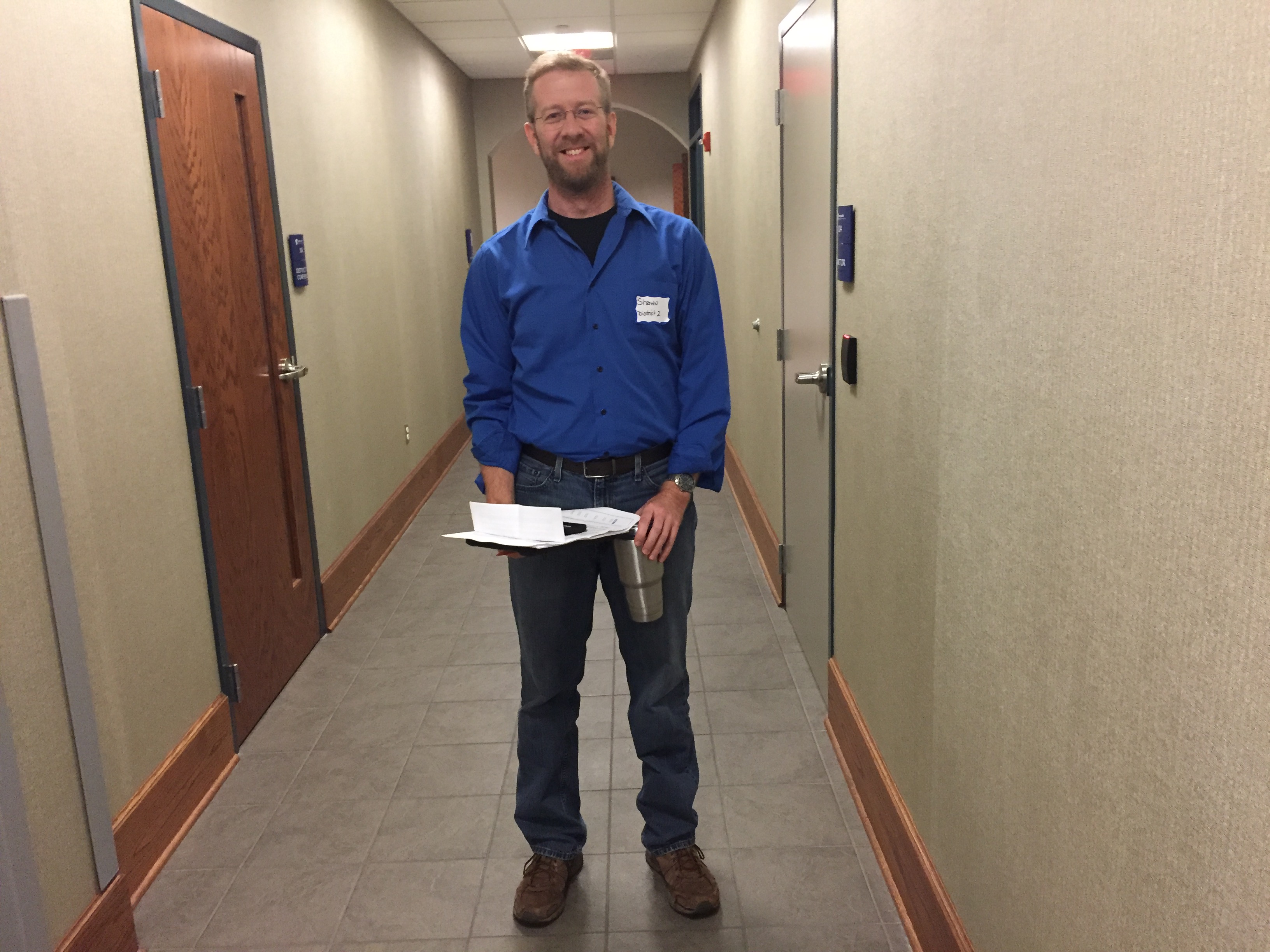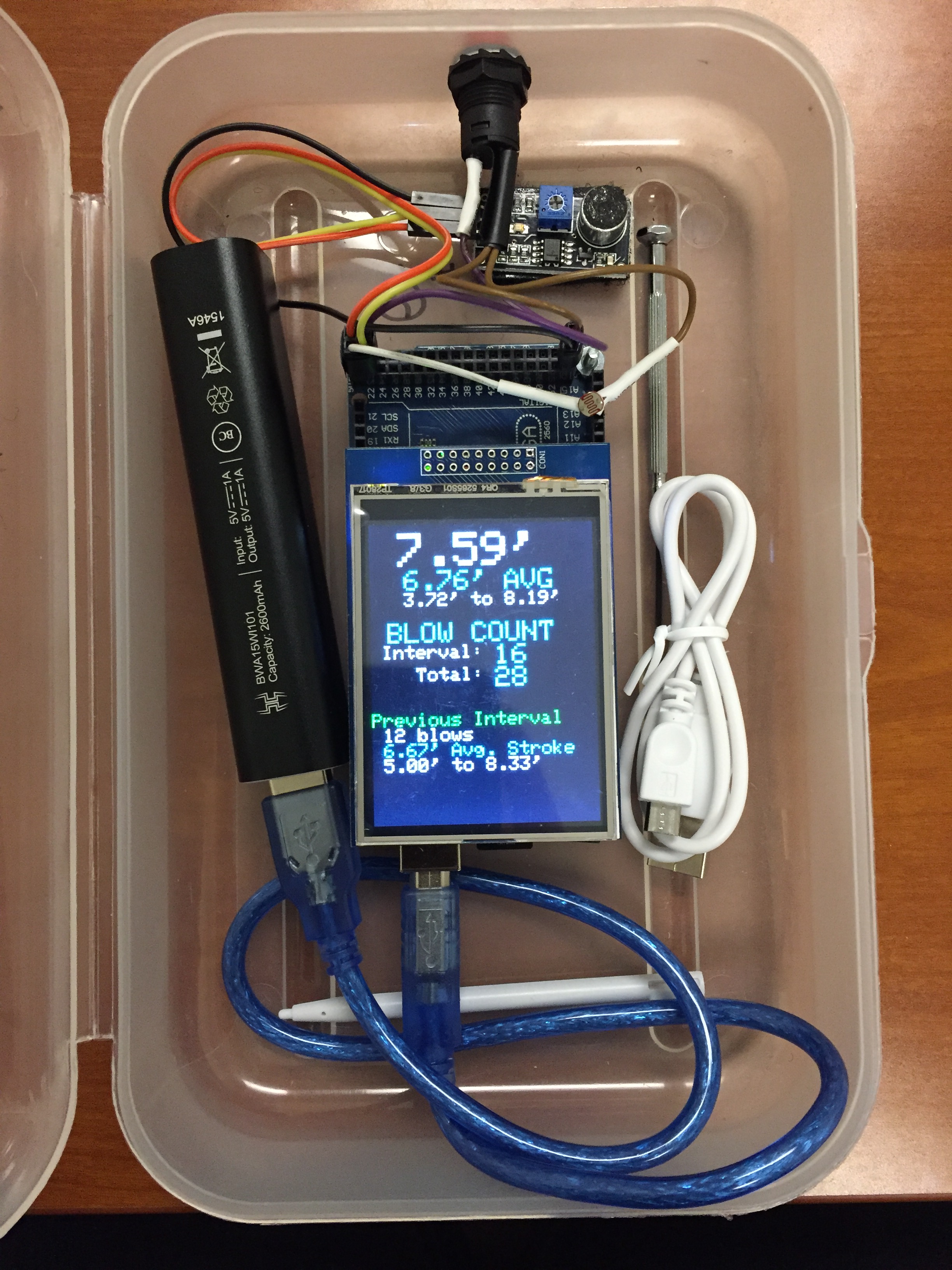Innovative ideas are often a driving force behind a Star of Excellence award achievement.
 Shawn McFarland won a Star of Excellence Award for his homemade ABCD Meter.
Shawn McFarland won a Star of Excellence Award for his homemade ABCD Meter.
In 2017, that proved again to be true for a District 2 Star of Excellence winner, Shawn McFarland, who currently serves as the district's structure control engineer. McFarland was a star recipient for several reasons, including a very innovative one: his homemade construction of an ABCD (Automated Blow Counting Device) meter.
McFarland's ABCD meter is a simplified version of the PDI Saximeter. This handheld instrument calculates the hammer operating rate by gauging the stroke of the diesel hammer while simultaneously counting the number of blows when piles are being driven on a bridge. The accuracy of the homemade ABCD meter is within a half inch of the PDI Saximeter. The cost of the homemade version makes it even more attractive. To build it in-house, McFarland's ABCD meter costs the district only 1 percent of the manufactured, purchased version — $30 as opposed to $3,000.
McFarland's latest version has a 3-inch LCD screen and displays:
- Last stroke of the hammer (in feet)
- Minimum, average, and maximum stroke for the current interval (foot or inch of pile)
- Minimum, average, and maximum stroke for the previous interval
- Total blow count
- Blow count for the current interval and previous intervals

When driving piles on a bridge, it's important to count the number of blows it takes to drive a pile (every foot, inch, etc.), and it's equally important to monitor the stroke of the hammer — the height from which the piston falls on the pile — which can vary due to several different factors. Because things happen quickly when piles are driven, it's quite difficult to record all the required data, and impossible to get an accurate stroke measurement without a machine. The ABCD meter records all data to a micro-SD card so that the driving data may be graphed and reviewed after piles are driven.
McFarland's ABCD meter is put to regular use in District 2, where six of them are in use. Based on the cost of an externally manufactured device, his ABCD meter has saved the district almost $18,000. In addition to saving money, these devices also improve the quality on our projects by allowing inspectors to verify that the hammer is operated within the pre-approved strike range. This ensures that adequate capacity is provided on the piles without overstressing them.